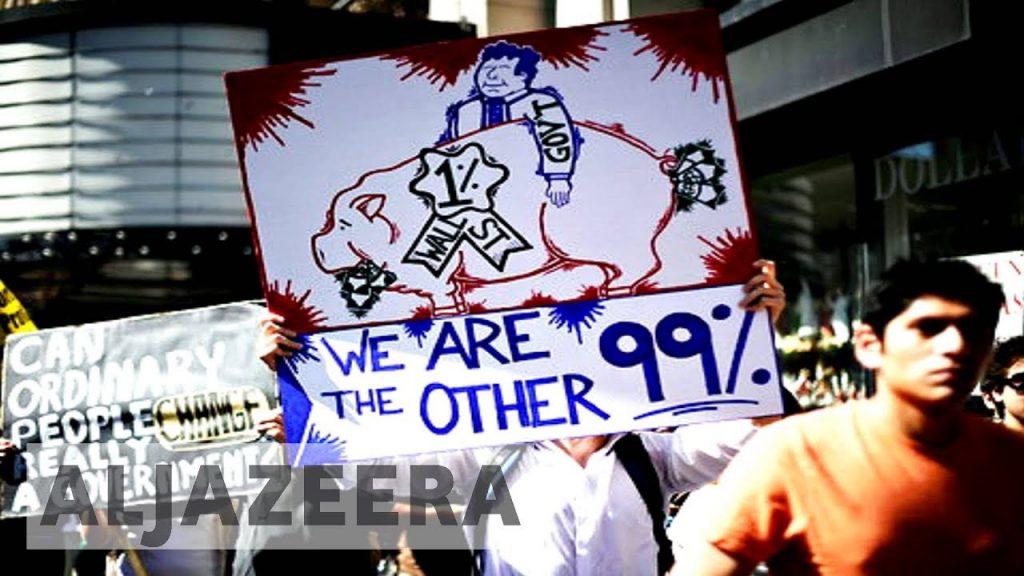In “Fault Lines: The Top 1%,” a thought-provoking and eye-opening documentary, the spotlight is directed towards the alarming economic disparity that looms over the United States. The film meticulously unravels the staggering statistics, revealing that the wealthiest 1% of Americans have garnered an unprecedented share of the nation’s income, controlling a jaw-dropping 40% of its wealth. This captivating exploration delves deep into the roots of inequality, uncovering how the gap between the affluent and the rest of the population has widened to levels not seen in almost a century.
As the nation grapples with a soaring 14.3 trillion-dollar debt, a bitter partisan debate ensues in Washington over the best approach to cutting deficit spending. While low and middle-class wages stagnate and unemployment remains alarmingly high, the film dissects the conflicting agendas of Republicans and Democrats, who grapple over crucial decisions impacting the welfare of ordinary Americans.
The film delves into the contentious issues of whether to slash funding for essential medical and retirement programs, which serve as the bedrock of the country’s social safety net, or to further reduce taxes for the wealthy elite. These pressing budget debates and economic quandaries serve as the battleground for the fiercely contested 2012 presidential election race, leaving the nation deeply divided on both political and economic fronts.
Throughout the documentary, the focus remains on how the convictions, campaign contributions, and charitable donations of the top 1% wield considerable influence over the remaining 99% of Americans. As Fault Lines investigates the forces at play behind this chasm of wealth, it shines a glaring light on the mechanisms that have accelerated the growth of economic disparity at an alarming pace.
The film raises vital questions about the underlying causes that have allowed this inequality to thrive so rapidly. By expertly analyzing historical data and trends, “Fault Lines: The Top 1%” meticulously navigates the complex web of economic forces, uncovering the policies and systems that have led to the current state of affairs. This comprehensive approach allows viewers to develop a deeper understanding of the factors responsible for the chasm between the rich and the rest.
Through powerful interviews and in-depth research, the documentary exposes the real-life consequences of extreme income and wealth disparity. It paints a vivid picture of the struggles faced by ordinary citizens as they strive to make ends meet in an increasingly polarized society. The film offers a poignant reflection on the implications of such inequality on access to education, healthcare, and opportunities for upward mobility.
“Fault Lines: The Top 1%” presents a compelling narrative that transcends political affiliations, urging viewers to consider the urgent need for solutions that address the pressing issue of economic inequality. It encourages us to reflect on the collective responsibility of building a more equitable and just society for all citizens, irrespective of their socioeconomic backgrounds.
In conclusion, “Fault Lines: The Top 1%” is a powerful and compelling documentary that sheds light on the profound economic inequality plaguing the United States. With thorough research and thought-provoking insights, the film serves as a wake-up call, urging us to confront the troubling reality of wealth disparity. By understanding the complex web of factors that have contributed to this chasm, the documentary sparks vital conversations about the future of economic and social justice in America.

